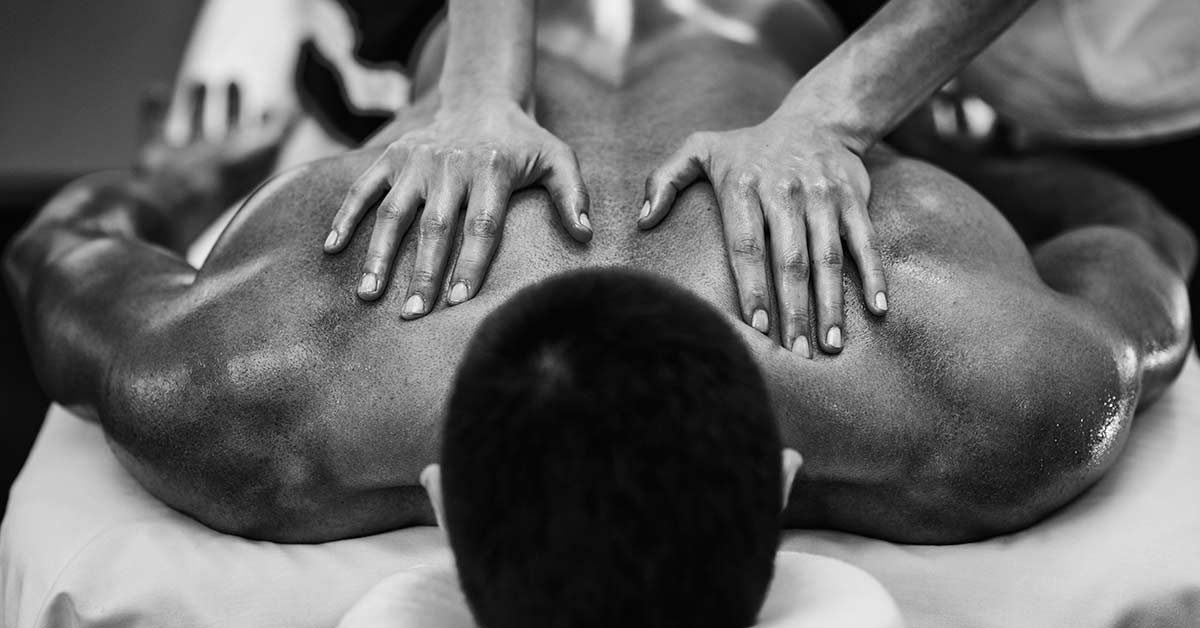[mashshare]
Charlie Weingroff is a Doctor of Physical Therapy, a certified athletic trainer, and a certified strength and conditioning specialist. He is currently a physical therapist and strength and conditioning coach at Drive 495 in Manhattan, NY, and Fit For Life in Marlboro, NJ. He is also a member of the Nike Executive Performance Council and serves as the Physical Performance Lead and Head Strength & Conditioning Coach for the Canadian Men’s National Basketball Team.
Freelap USA: Have your thoughts on movement screens evolved over time?
Charlie Weingroff: I tend to think that the answer to this is “no.” Movement screens, in spirit, are meant to identify a potential barrier to training success. That barrier may be at best an inefficiency and at worst, frankly, a roadblock to the adaptation process. Have my thoughts changed on identifying a potential barrier before we begin any kind of intended training or rehabilitation process? No, not at all.
We should be able to screen out joint actions that we think can further impact more complex or loaded movements, says @CWagon75. Share on XI think maybe if instead of calling it a movement screen, we called it a level of evaluation to determine if joints can get into your training’s predetermined positions to absorb and adapt to stress, then people wouldn’t be so cynical anymore. Movements occur with joint actions. We should be able to screen out joint actions that we think can further impact more complex or loaded movements. This has never changed, and I’m not sure it ever will when a movement screen is looked at this way and not looked at for more than its inherent value.
- Coach, before an athlete starts to sprint, do you think it’s a good idea to make sure the joints involved in sprinting can get into sprinting positions in the first place?
- Coach, before an athlete starts to sprint, do you think it’s a good idea to take a couple minutes to make sure they have no current injury or painful segment?
- Coach, before you start to train, do you think it’s a good idea to make sure your Plan A really is the best plan for now?
These are all questions I think an intelligent coach would say yes to, and these are the simple outcomes of a properly executed movement screen. To that end—no, my thoughts on this have not evolved.
How a coach may actually screen, which commercial model they use, and how deeply a coach values the results of the screen are where the discord on this topic abounds. I think if we stick to the spirit of any screening process and individually apply those concepts, we’ll probably see there isn’t much evolution at all required on this topic.
Freelap USA: “Stability” is a huge buzzword in the strength and conditioning/rehab realms. What does this term really mean to you?
Charlie Weingroff: Stability is a description for a model that has “control in the presence of change.” In the strength and conditioning/rehab realms, this can describe a movement, an exercise, a particular joint, or a joint system. If there is a strategy to control one of the above, that process is a commentary on the stability of that model. It can be efficient, inefficient, injurious. Stability does not have to be efficient or yield a desirable adaptation. It is just control, and there are many, many ways to control a model.
Freelap USA: When it comes to therapeutic/massage/SMR-oriented means of treating athletes, what is actually being accomplished here, and how do you integrate these tools?
Charlie Weingroff: There’s probably a number of different things that can be accomplished with these different interventions. What appears to link them together, though, is some form of touch. The process of touch or any mechanical change to the body processing into an electrical signal is mechanotransduction. There are several different explanations for how the body enjoys touch.
Some of them are based on the type of touch, the touch’s frequency, and how the touch is perceived. These models are often challenging to confirm scientifically because, quite simply, everyone perceives things differently. What can be shown is that: 1) the electrical signals are occurring and reliable, and 2) certain physiological processes occur as a result of these techniques. What is actually happening is very real, but ultimately may be from means or explanations very different than what the intervention suggests.
I base my integration of tools on: 1) anecdotal results—not what is happening at a micro level, but rather what can be objectively measured post-test in terms of movement or report of pain; and 2) if the explanation is plausible, it is reasonable to try to link causation to the tool. This is more for a personal thought process, a hand-holding direction, if you will. It is impossible to say how or why any of these interventions work, but I can suggest why I tried it, what target tissue(s) I think were affected, and most importantly, whether something desirable had happened when we were done.
I try to take what I think makes sense and plug the method into a model where the body appears to be asking for what that technique is said to provide, says @CWagon75. Share on XFor instance, I have seen lots of people do, move, or perform far more desirably after things like manual therapy and foam rolling. I have seen fewer times when it had zero or a negative effect, but of course it happens. I try to take what I think makes sense and plug the method into a model where the body appears to be asking for what that technique is said to provide. Is that exactly what happens all the time? Probably not. But I’ll find affinity for methods that can objectively lead to more variable pain-free movements, which can then be loaded for further adaptations.
Freelap USA: What are your thoughts on using fatigue as a training tool, in both the conditioning and specificity training spaces?
Charlie Weingroff: Fatigue is in many ways mandatory to create a proper stimulus that overloads the system. Different forms of discomfort and undesirable physiological measures in the short term are obligatory for many adaptations. So, to this end, we must have fatigue.
Fatigue that is associated with progressively higher levels of acidosis may have value for tolerance training and some forms of “time trials.” However, it can also lead to inconsistent motor skill acquisition and learning environments under different muscular electrical environments. Great athletes will become successful under spontaneous electrical environments via their own organization and practice. Unfortunately, this skill development will likely not carry over to a non-fatigued environment or a subsequent fatigued environment.
Spontaneous electrical activity second to acidosis is just that—spontaneous. The unique randomness of practicing skills is likely not reproducible from training session to training session. Fatigue during skill development should likely be avoided for these reasons. Skill rehearsal in game-like conditions is different, and, of course, training energy systems can welcome fatigue as necessary to adapt.
Freelap USA: It seems like our ideology and thought process on the fascia and connective tissue are evolving rapidly in the industry. What is your current take on an approach to fascial systems in training and therapy?
Charlie Weingroff: I think there are some very significant things to learn from studying the physiology and neurology of fascia: what it is, how it is stimulated, and how that stimulation has a local and systemic effect. While it appears to have been proven that the fascia is stimulated by a significant thermal piece, as well as a transverse vibratory technique, I’m not sure when we approach the skin with these two intents whether we can always expect the fascia to be affected.
What we can expect is that we can treat with the intent of affecting fascia and measure the movement or comparable sign of pain. If we have a desired effect, can we say it was the fascia? Probably not. Can we say we intended to affect the fascia? Yes. Can we say something very, very good happened with that intent? Yes, absolutely.
The models of fascia often also speak to another layer of intent that regional interdependence is very tangible. Regional interdependence was first published in the orthopedic physical therapy space, but Wainner’s original commentary piece in 2007 was more about the reality of the model and not necessarily what can explain or support it. The “connectedness” of the fascia and its housing of neural connections can absolutely explain why treating a segment distant from the pain or injury can have a dramatic response.
I don’t know if we can ever prove why something dramatic or desirable happened as a result of some manual or tactile therapy. But we can prove intent and the intended target tissue. Share on XBut, again, as similarly answered in question 3, I don’t know if we can ever prove why something dramatic or desirable happened as a result of some manual or tactile therapy. What we can prove is what the intent was, what the intended target tissue was, and whether the comparable sign was desirably changed. This is where treating the fascia can fit, as can anything we do from a therapy standpoint, really.
Since you’re here…
…we have a small favor to ask. More people are reading SimpliFaster than ever, and each week we bring you compelling content from coaches, sport scientists, and physiotherapists who are devoted to building better athletes. Please take a moment to share the articles on social media, engage the authors with questions and comments below, and link to articles when appropriate if you have a blog or participate on forums of related topics. — SF
[mashshare]





